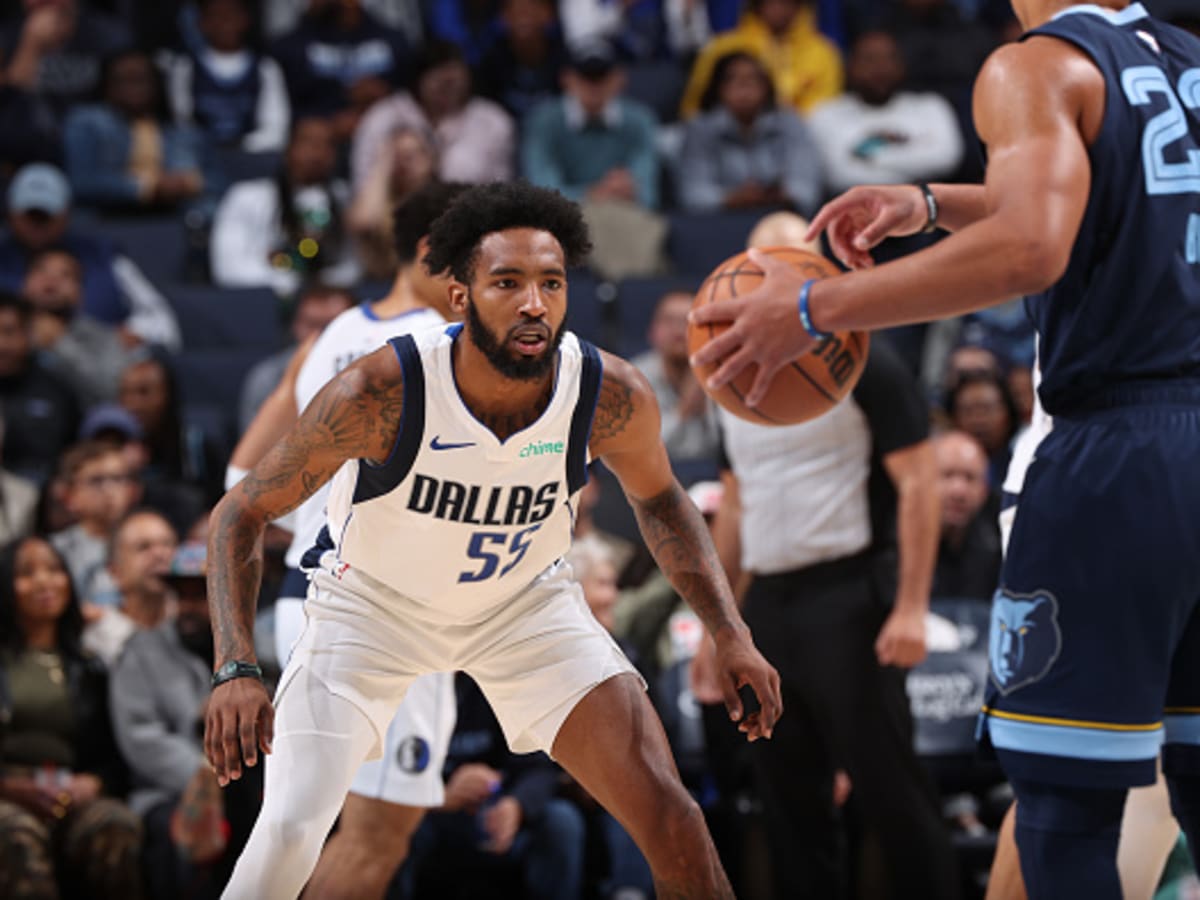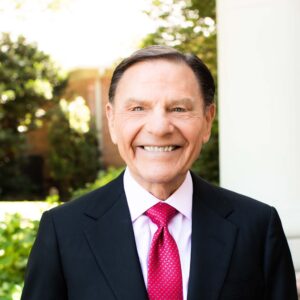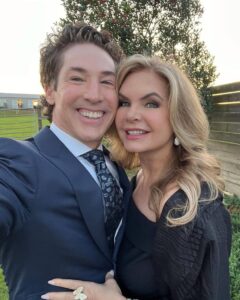The Mavericks’ success in the postseason has been greatly attributed to Derrick Jones Jr. Not to mention that he ends games on the court, he started all 12 of the playoff games. He and PJ Washington alternately cover the team’s most formidable perimeter player. Of the 76 games he played this season, he started 66 of them. Take a look at what he accomplished in the final three Thunder series games.
The three highest-scoring playoff games of Derrick Jones Jr.'s career:
1. Game 6 vs. OKC (22 points)
2. Game 5 vs. OKC (19 points)
3. Game 4 vs. OKC (17 points)He'd never even reached double digits in any playoff game before this year.
— Zach Kram (@zachkram) May 19, 2024
With this level of output, the 27-year-old will receive a significant increase in pay over the existing minimum income of one year.
About 200 people have asked me to analyze this problem. I wish to present the complete image. As usual, rather than just providing a list of bullet points, I’ll also be teaching some about the CBA as I go.
Am I eligible for an extension?
It is never possible for a player with a one-year deal to sign an extension. A player may sign an extension as soon as the two-year contract anniversary has passed. Players like Jones Jr. who have contracts of one or two years cannot therefore be extended.

Unless…, Derrick Jones Jr. will be a free agent.
Indeed, on July 1st, Jones Jr. will be available for signings. Technically, on June 30 at 6:00 p.m. EST. He will thereafter be eligible to negotiate as a free agent with other teams. Thus, interested teams will start contacting Aaron Turner*, the agent of Derrick Jones Jr., around 5 p.m. Dallas time on June 30.
But first, the Mavs get to speak with him! One day following the NBA Finals, NBA teams can begin negotiations with their free agents under the new CBA. The schedule for the NBA Finals is now out. On June 15, 18, 21, or 24, the Mavericks will be eligible to begin negotiations with Derrick Jones Jr., depending on whether the Finals conclude after 4, 5, 6, or 7 games.
What is their sales spiel? Let’s examine some historical parallels.
Here are three recent instances that are comparable:
Nicholas Batum in 2021, with the Clippers
Bobby Portis in 2021 with the Bucks
Bruce Brown in 2023 with the Nuggets
Every circumstance that was involved
A player with a little or minimal contract
has just one season remaining on the deal
The team is unable to provide market value since they are over the pay cap.
In the postseason, the athlete demonstrated their value.
Which directions could the Mavericks go with Jones?
Path 1: Utilize the non-bird right for a 1+1 on the Batum and Portis Path.
Batum and Portis both decided to accept what their teams COULD offer on a two-year contract with a player option in the second year because they were committed to staying with their teams.
Why would you act in such way?
There is a significant distinction between early bird rights and non-bird rights. You can be re-signed without cap space to a little lower amount than the Full MLE value if you have the option to remain a free agent with the current team for a second season.
The player is given control over the second year so that, in the event of a significant regression, they would at least be assured of that sum of money.
Portis and Batum both
signed in August 2021 (after a postponed off-season) for a maximum (non-Bird rights) increase of 20% over 2020–21, with a player option for a second year that carried a maximum 5% rise.
performed admirably in the 2021–2022 campaign.
rejected the player option for the 2022–2023 campaign.
re-signed on July 6th, 2023, with the current team paying the maximum amount possible for the 2022–2023 season in exchange for early bird rights.
The Bruce Brown Path (PATH 2)
The Indian Pacers made Bruce Brown an offer that was significantly higher than what the Denver Nuggets could match. It rendered the idea of using a Tax MLE for a 1+1 impractical. Brown departed for the Paces from the Nuggets. We hope Derrick Jones Jr. and the Mavericks don’t go down this road.
In a 1+1, what are the Mavericks able to offer?
Derrick Jones Jr. might take the 1+1 and go the Portis/Batum route. To what extent can the Mavericks accept that offer?
Non-Avian Rights
While Jones is listed as $2,019,706 on my “cheat sheet,” that figure isn’t totally correct. The Mavericks are paying for that. The team’s maximum payment when a player signs a minimum 1-year contract is equal to the minimum for a player in their second year. The remaining sum is paid by the League office. Derrick Jones Jr. is therefore paid a total of $2,709,849. The team can give a 20% raise in the first year of a new contract, followed by 5% hikes, if there are non-bird rights.
Using a Tax MLE Exception
The Mavs only have 13 players on their roster for 2024–25, which puts them $3,497,198 below the first tax bracket. The Mavericks would have to employ the Taxpayer MLE if there were no significant adjustments made. It is anticipated that this will begin at $5,183,000 million and last for two years, with a 5% increase in the second year.








